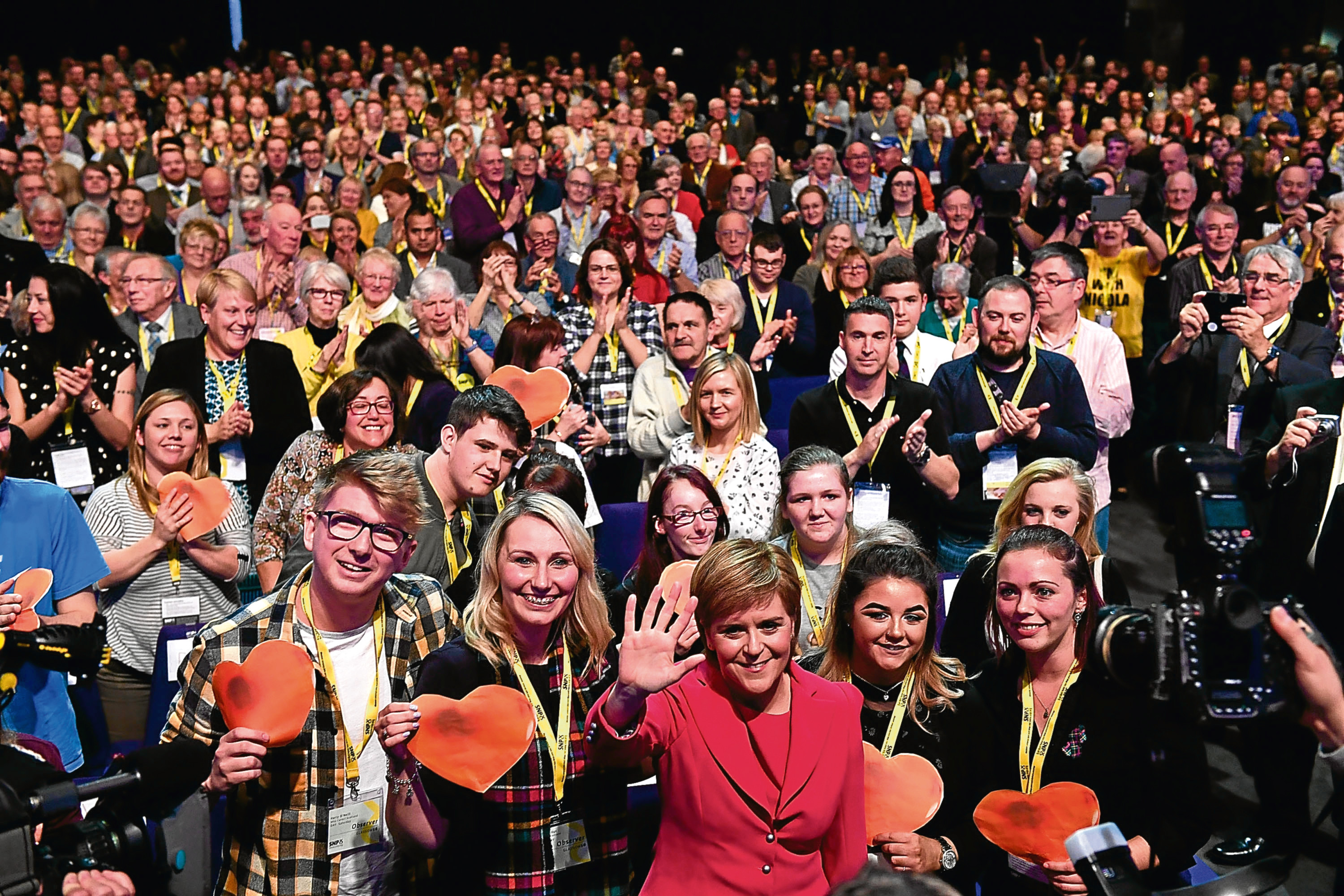
LAST week, not for the first time, I listened to the heartbreaking stories of children whose experience of being in care has left them broken.
Young people who needed protection had instead been exposed to a chaotic system that let them down and spat them out, inevitably qualified to fail.
Surely, if the state takes a child into care, it has a duty to provide greater protection and opportunity than that from which the child has been removed?
And yet, on any metrics, education, health, justice and even death, children who have been in what can only euphemistically be called “care” will feature heavily at the wrong end of what could be judged successful.
It’s shocking that a young person who has been in care is 20 times more likely to be dead by the age of 25 than their peers and that we care so little, we don’t even have an accurate roll-call of who they are or how many there have been.
The failures of the care system to look after people are all too evident in our prisons, on our streets, in our psychiatric wards and even in our morgues.
That is why the First Minister was moved almost to tears when she said, in her speech to her party conference last year: “Something has to change.”
As she announced a review of the care system that would put, for the first time, the voices of these children at its core, the care-experienced young people in the conference hall rose to their feet clapping, crying and waving paper hearts. This was something they had waited all their lives to hear.
Most would have been babes when, back in 2001, education minister, Jack McConnell, and minister for social justice, Jackie Baillie, wrote a report committing to creating a Scotland in which every child mattered, regardless of background.
For many, the seeds of disappointment, the physical signs of abuse and the hidden depths of emotional destruction had been sown when, four years later, McConnell said, then as First Minister, no child in Scotland should be born to fail.
And in 2007, when his Labour-led coalition published yet another report, many were already dropping out of education.
Two years later, with the SNP in power, when figures revealed that looked after children were still lagging behind, some of those youngsters were already living a life on the periphery.
There’s a lot at stake with this current review but, six months in, a subtle difference in narrative is evident.
The key question has moved on from whether a system of care can love – because that is the gaping chasm through which everything else falls and fails – to how to provide that love.

Enjoy the convenience of having The Sunday Post delivered as a digital ePaper straight to your smartphone, tablet or computer.
Subscribe for only £5.49 a month and enjoy all the benefits of the printed paper as a digital replica.
Subscribe